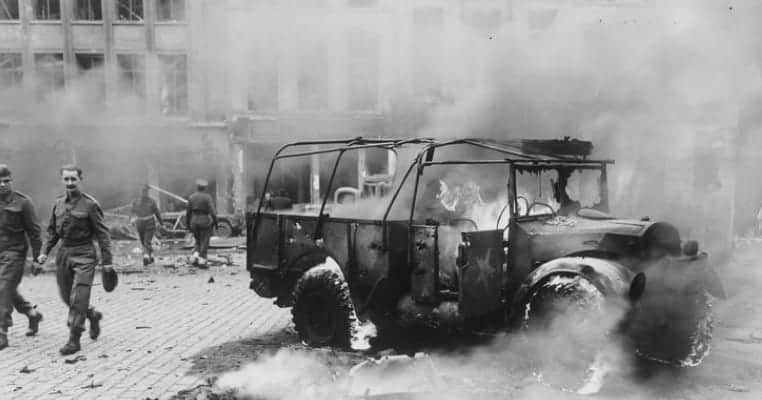Few regimes in the history of the world have been studied more closely than that of the Nazis in Germany. Books, academic papers, newspaper and magazine articles, documentary films and television programs, panel discussions, courtroom trials, and other explorations and analyses have dissected the regime and the people who created and ran it since it began. Yet the Nazi era remains fraught with mysteries which remain unsolved more than seventy years after it came to an end. Valuable pieces of art by great masters remain unaccounted for, their fate unknown. What happened to many leading Nazis, including to some conspiracy theorists Adolf Hitler himself, is still a subject of discussion.

Did the Nazis build secret tunnels in a vast underground system to hide huge amounts of gold and jewels stolen from victims of the Holocaust? If so they have yet to be located. What was the true purpose of the purported German secret weapon known as The Bell? Just what role did the occult have within the Nazi hierarchy? What exactly was the role of the Pope and the Vatican in the escape of leading Nazis as the Reich collapsed around them in 1945? If the burnt skeletal remains found by the Soviets outside Hitler’s Berlin bunker weren’t Hitler’s, who was it, and more importantly, where were his? Or was it a ploy of Josef Stalin’s to create doubt among the allies over whether or not Hitler was dead?
Here are some of the mysteries left behind by the Nazi regime, some of which remain unsolved and some which were explained in the years since the end of the war.

1. What happened to the Russian Amber Room?
In October 2017, three German treasure hunters announced that they had found the location of the Amber Room, and if able to raise the necessary funds would excavate it from its hidden subterranean storage. If so they had solved one of the most enduring mysteries of hidden Nazi loot(as of November 2018 it has not been recovered). The Amber Room vanished after it was displayed in Konigsberg Castle, where it had been shipped and reassembled after it was looted by the Germans from Leningrad (it had originally been assembled in the Berlin City Palace and shipped to Russia as a gift to Peter the Great from King Frederick William I). After the Germans installed the room in Konigsberg its history is murky. Contemporary reports from some were that the room was disassembled and shipped by train to safety at an unknown location. Others have since speculated that the room was destroyed by heavy shelling as Konigsberg was overrun.
The problem with the destroyed by shelling theory is that no evidence of the materials from which the room was built were reported in the rubble of Konigsberg Castle. Some have speculated that the room was never in Konigsberg at all, but newspaper announcements of the opening of its exhibition there give the lie to that theory. Hitler ordered the prioritizing of Nazi loot of high value in January of 1945, and discoveries of numerous priceless works of art which had been transported to areas of safety makes the idea of the Amber Room – which was considered a wonder of the world – being moved likely. Though a copy of the original was later erected in Saint Petersburg, the true Amber Room has yet to resurface, if in fact it survived the war. Hidden Nazi loot continues to be discovered in underground vaults and abandoned mines in Europe, and as long as it does the search for the Amber Room is likely to go on, pursued by treasure hunters determined to solve the Nazi mystery.

